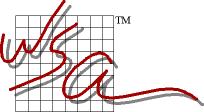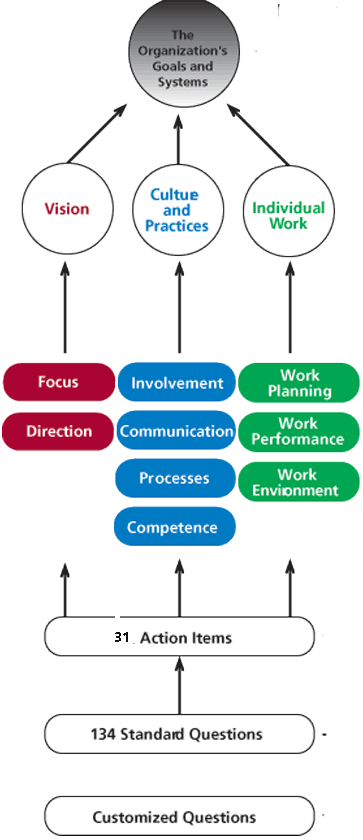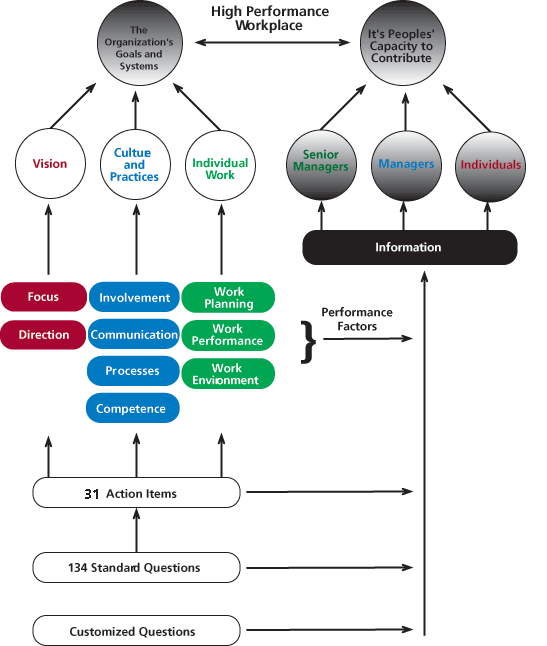ODS - The Organizational MRI |
||
ODS Articles
|
The Items That Get Measured
|
|
Hard Meaningful Measures |
||
Details |
||
The Measurement Process and Philosophy
1. The information is based on - and presented against - a validated conceptual model of the factors that influence the productive work performance of people. These factors are interrelated, and as such organizations tend to do well or poorly relatively consistently across the factors. As you determine how your organization is performing, you will be able to identify fertile ground for improvement. Many of these changes will be simple to make. Remember, improvements in any one area tend to positively influence and affect performance in all areas of the model.
2. A primary point of reference has been established as a benchmark. The benchmark provides you with the opportunity to compare your results to the few best companies within the database.
3. The information provided includes not just overall results, but sub-analyses for your senior managers, managers, and the individual contributors in your organization. Differences across these three groups are also compared to the benchmark, and will provide a basis for internal improvements across organizational levels.
The gaps between the perspectives of the three groups speaks to the homogeneity of the organization. Greater homogeneity means an integrated perspective. Whereas lack of homogeneity can mean a lack of harmony and the potential for uncoordinated action.
How the Measurements get Categorized for Feedback
Details on the 31 Action Items


